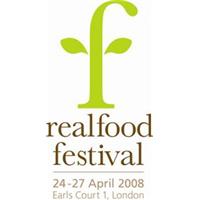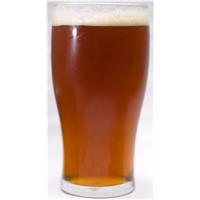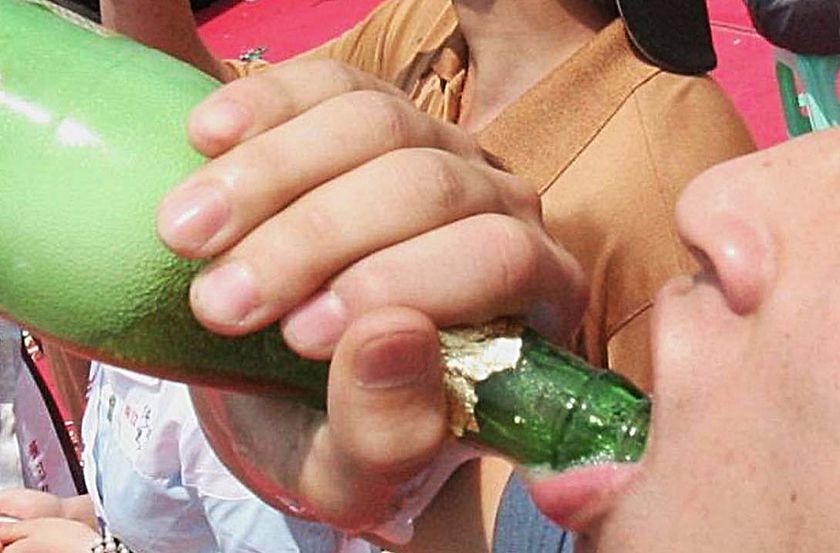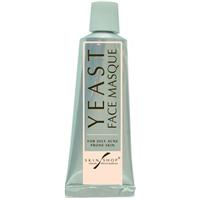
Learn about how Trappist monasteries produce beer, sample rare European cured meats, including prosciutto from the Lombardian Alps in the far north of Italy. Try speciality sausage from the province of Ragusa in Sicily. Explore honey-based beverages, such as traditional aged Polish mead made from honey and sweet Ethiopian honey beer and more at the Real Food Festival in London this April.
Challenge the senses with Scotlands best cask aged whiskies under the guidance of whisky expert Peter Gibson and meet the Chedderman, Tom Calver of Westcombe Dairy in Somerset, to hear about how his farm is protecting its farming heritage and the traditional methods of cheese production. Come along to a delicious magazine Taste Workshop at the Real Food Festival at Londons Earls Court 24-27 April.
Real Food will showcase hundreds of the most passionate producers that have been handpicked by a careful Selection Committee and subsidised to be there. One of the major highlights of the festival will be delicious magazine Taste Workshops, created by eco-gastronomes Clodagh McKenna and Sebastiano Sardo from Foodiscovery, where you can meet producers personally and take part in tutored tastings which will leave your toes tingling! There will be over 85 different delicious magazine Taste Workshops at the festival which have been categorised into distinct groups including: Meet the Producer, Discover Europe, Undiscovered Food and Gastronomic Nirvana.
Meet the Producer:
Meet the Producer workshops will include British cheese makers speaking of the challenges of producing raw milk cheese in a pasteurized world, Italian winemakers speaking of the impact of the climate and geography of their territorio on their products flavours and British farmers presenting sustainably-produced meat from heritage breeds.
Highlights will include:
Patchwork PatésThe Incredible Success of Patchwork Patés featuring Margaret Carter: In 1982, Margaret Carter, divorced with three children to raise, began making paté in her kitchen. Her start up costs were £9.00. Today, Patchwork produces eight award winning patés and is one of the UKs top paté producers. Despite the commercial success the patés are still hand made using Margarets original recipes with no additives or preservatives. Come and meet Margaret Carter and hear the story of how she made it happen.
The Cocoa Farm Meet the Chocolate Lovers. The Cocoa Farm (the only one in Australia) is run by a group of people so passionate about truly great chocolate they grow their own cocoa beans and make it themselves. They are obsessed with sourcing only the finest ingredients and treat them gently, interfering in the process as little as possible.
Discover Europe:This gastronomic tour of farmers, growers and artisan producers will take us from the tip of Italy to the temperate South of Sweden, sampling and learning about the best of artisans regional produce. Discover Europe workshops include:
Portuguese Sheep-milk cheeses paired with aged Port: The Iberian peninsula is noted for producing some of the worlds greatest sheeps milk cheeses and the Portuguese gourmet cheeses can certainly hold their own with their Spanish cousins. Come and try the salty, fruity Quieijo de Evora, matured for at least sixty days; the strong earthy Azeitao, or the semi hard Queijo de Nisa which uses thistle flower for coagulation. These Portuguese greats will be paired with aged Port wines from the Douros best vintners.
Undiscovered Foods: The aim of this workshop is to turn the spotlight on food, sourced from all over Europe which is rarely found outside the region it is produced in. Sampling and discussing products as diverse as Hebriddean cheeses, rare breed air dried beef, small independent wine producers, honey made from bees kept on London roof tops or smoked tuna from Connemara. Undiscovered Foods workshops will include:
California Charcuterie & Artisan Beers: The New Worlds Mediterranean the long Pacific coast stretching along California into Mexico is home to a climate that favours fruit trees and vegetable crops originating in Southern Europe. Today, Northern California is also proving to be a favourable climate for some of the artisan foodways native to Europe.
Gastronomic NirvanaIn Gastronomic Nirvana workshops well attempt to define how and why certain foods have earned the gourmands devotion and gold plated reputations: a teaspoon of the purest caviar followed by a mouthful of melting crème fraiche, aged Spanish Iberico ham made from acorn-fed pork, or a crumbling shard of 3-year old Grana Padano cheese with a chaser of 25 year aged Aceto Balsamico di Modena. Gastronomic Nirvana workshops include:
The Ultimate Cure: an opportunity to taste two of the finest cured meats in the world, Culatello and Iberico ham. You will hear the history of these two great cured meats and learn about the traditional methods of production. Iberico ham, from Northern Spain, has a nutty flavour from the acorns the black pigs are fed on and Culatello, from the Po valley in Italy, is a sweet, intense and clean tasting ham.
Oyster Haven: In this workshop we compare the flavours of the finest French oysters; flavourful Belon oysters from Brittany; Marennes from the Charentais coast and Fines De Claire so called for their incredible clarity. The oysters will be coupled with expertly chosen champagnes or chilled Muscadet. This will be a day of pure indulgence for any serious gastronome …or seducer.
To find out more information on the Real Food Festival or to purchase tickets please call our hotline 0870 912 0831 or visit www.realfoodfestival.co.uk
The Real Food Festival is unique because:
A Selection Committee chaired by Lyndon Gee, former director of Slow Food UK, will select producers to ensure a high degree of integrity and quality for the event.
Small producers are being subsidised to participate, offering them a real opportunity to grow and develop their business thanks to our generous sustainers which include Whole Foods Market, Tyrells, Grana Padano and Daylesford Organics.
The festival will showcase hundreds of producers that have never been seen before at any large scale food and drink event, offering an unprecedented variety of great quality produce that has made the grade in terms of taste, provenance and sustainability.
The Real Food Festival is both a trade and consumer event, giving stakeholders the chance to reach both audiences.
Many of the producers will have not been seen before making Real Food a festival of discovery celebrating provenance, sustainability, quality and integrity in food and food producers.
The visitor experience will include:
The Food Market the biggest Farmers Market the UKs ever seen. The Wine Fair Over 100 small producers of quality wines will be selected to offer their wines for tasting and to buy. Delicious magazine Taste Workshops created by Clodagh McKenna and Sebastiano Sardo from Food Discovery, you can meet the producer personally and have tutored tastings on the things you love or always wanted to try. Cookery School Our sustainable food guru, Barny Haughton, from Bordeaux Quay, Bristol, will be running a Cookery School where you can learn to make the simplest things like a loaf of bread. Chefs Theatre The Chefs Theatre will stimulate the taste buds with presentations from some of the UKs top chefs using seasonal and fresh produce to prepare regional dishes. Restaurants A small selection of the UKs most exciting and forward-thinking restaurants will serve signature dishes. Gala Night A high profile Gala launch night will be organised for Thursday evening, 24 April 2008. Dinner Dates Why stop at the event? Head to one of Londons Dinner Date restaurants and eat from a menu specially prepared for the Real Food Festival.
 A study comparing patterns of alcohol consumption in Northern Ireland and France found that the binge drinkers of Belfast were at a much greater risk of heart disease. The choice of beer or wine may also be important.
A study comparing patterns of alcohol consumption in Northern Ireland and France found that the binge drinkers of Belfast were at a much greater risk of heart disease. The choice of beer or wine may also be important.




